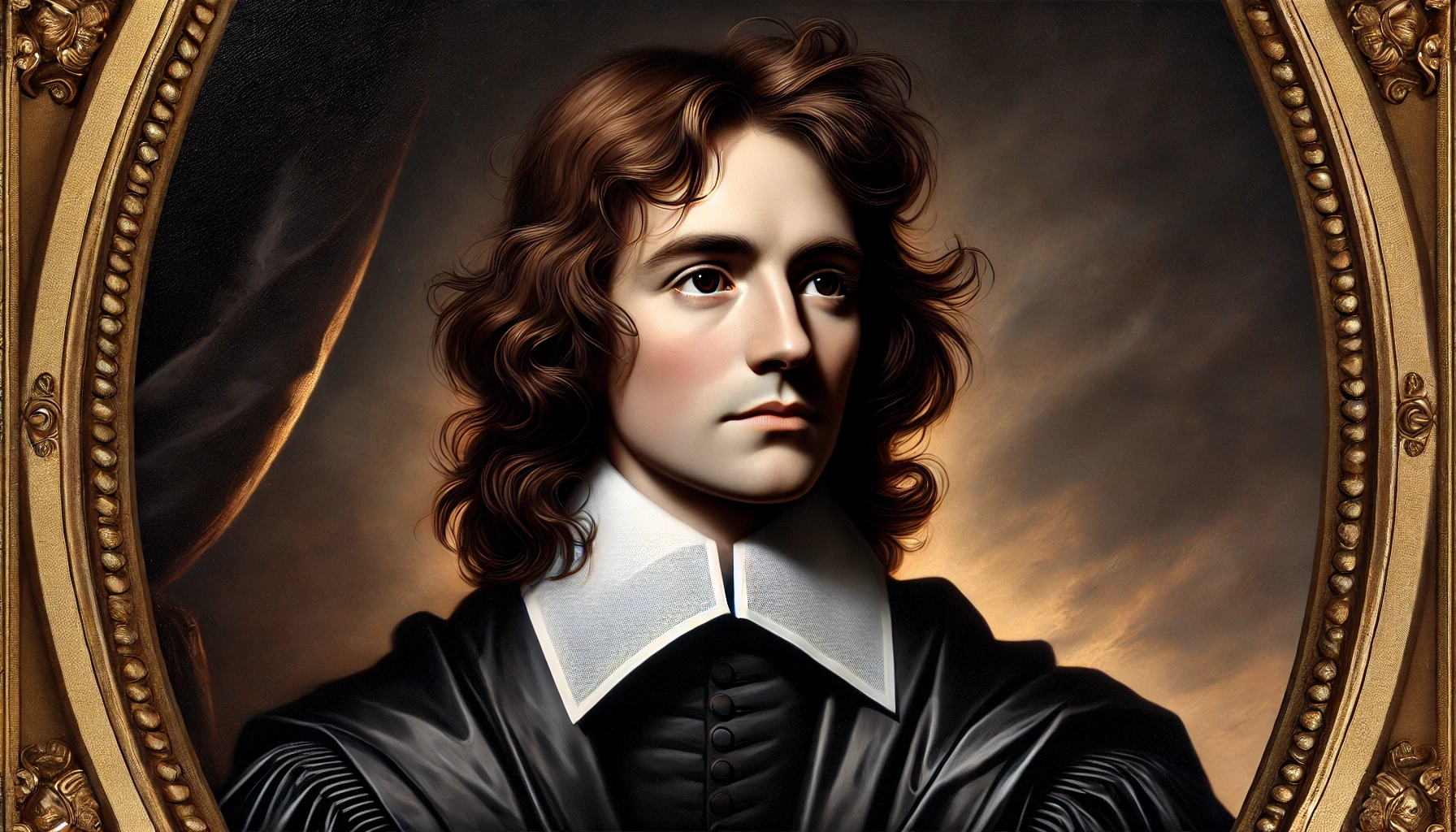Introduction
George Herbert (1593–1633) was an English poet, orator, and Anglican priest, best known for his devotional poetry and association with the Metaphysical Poets. His work, particularly The Temple (1633), blends rich imagery, spiritual depth, and intricate wordplay, making him a central figure in religious and literary studies.

Life and Family
- Born: April 3, 1593, in Montgomery, Wales.
- Family:
- Father: Richard Herbert (wealthy landowner).
- Mother: Magdalen Herbert (a patron of poets, friend of John Donne).
- Brother: Edward Herbert (philosopher and poet).
- Education:
- Westminster School (1604).
- Trinity College, Cambridge (BA in 1613, MA in 1616).
- Became Public Orator at Cambridge (1620–1627), a prestigious role involving official speeches.
- Career Shift:
- Left academia for the priesthood (1626).
- Served as rector of Fugglestone St. Peter and Bemerton (1630–1633).
- Death: Died of tuberculosis on March 1, 1633, aged 39. Buried in Bemerton.
Literary Works and Career
Herbert’s poetry is marked by:
- Religious devotion and personal struggle with faith.
- Metaphysical wit (unusual metaphors, paradoxes).
- Formal experimentation (shape poems like The Altar).
Key Works & Publications
- The Temple: Sacred Poems and Private Ejaculations (1633, published posthumously) – His masterpiece, containing:
- The Altar (shape poem)
- Easter Wings (another shape poem)
- Love (III) ("Love bade me welcome...")
- The Collar ("I struck the board, and cried, No more!")
- A Priest to the Temple (or The Country Parson) (1652) – Prose guide on pastoral duties.
- Latin Poems (e.g., Musae Responsoriae).
Career Highlights
- Cambridge Orator (1620–1627): Engaged in politics and diplomacy.
- Anglican Priest (1630–1633): Focused on humble, rural ministry.
Qualifications & Positions
- Education: Cambridge (BA, MA).
- Professional Roles:
- Public Orator, Cambridge University.
- Rector of Fugglestone & Bemerton.
- Ordained: Anglican deacon (1626), priest (1630).
Notable Works List with Publication
Poetry (All from The Temple, 1633)
- The Altar (shape poem)
- Easter Wings (visual poetry)
- Love (III) ("Love bade me welcome...")
- The Collar (rebellion & submission)
- Redemption (religious allegory)
- The Pulley (God’s "restlessness" gift to humanity)
Prose
- A Priest to the Temple (1652, posthumous) – Practical theology.
Legacy
- Influenced later poets like Henry Vaughan, T.S. Eliot, and W.H. Auden.
- Praised for blending human emotion with divine reverence.
- Considered a model of Anglican spirituality in literature.